Not my teddy bear, I promise. I didn’t take a cuddly toy for a day out at the coast – tempting though it could be! More on this later….but first, Coquet Island.
Coquet Island is a tiny piece of land off the coast of Northumberland at Amble that is owned by the Duke of Northumberland and is home to one of the most important seabird colonies in the country. It is often overlooked by tourists and locals in favour of the Farne Islands to the north (which are also definitely worth a visit, but that’s for another post!). Last year, on a whim, I decided to brave the waves and join one of the regular boat rides around the island – and it turned out to be one of the nicest days of my summer spent primarily at home.
The trip begins in the harbour town of Amble – a nice little place to explore, and with some of the best fish and chips in the county (although you may want to leave those until after your boat trip, especially if it’s a little choppy!). The tourist information centre is always a good place to start, with a wealth of local information, and it’s here that you can book a place on one of Dave Gray’s Puffin Cruises around Coquet Island. Good value (less than a tenner, for over an hour on the water), entertaining, and very informative, this trip is a great introduction to the history and natural history of the island….and you get some great views as well.
You can’t actually land on Coquet Island, due to the fact that it’s a protected RSPB reserve. In the summer months, it’s home to some 35,000 nesting birds, including puffins, roseate terns (very rare, apparently), kittiwakes, eider ducks, sandwich terns, arctic terns and oystercatchers. Unfortunately, I visited too late in the year to get the full effect, and even the famous puffins were being coy.
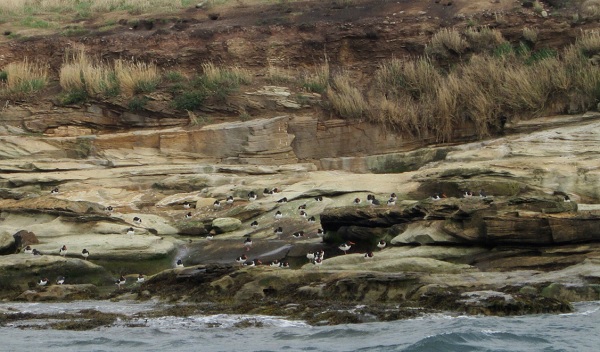
The waters around the island are also full of grey seals – who weren’t nearly so shy.
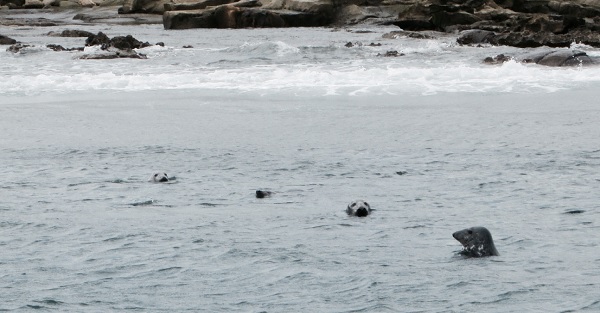
As well as these amazing natural attractions, Coquet Island is also steeped in history. On the south west part of the island, the remains of a medieval monastery have largely been incorporated into the nineteenth century lighthouse that was built by Trinity House in 1841. The first keeper of the lighthouse was William Darling, brother of the more famous Grace, but it’s now automatic with no resident keeper. Shame, really……what a job!
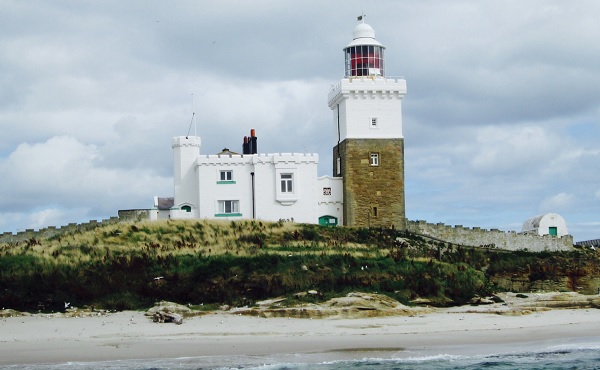
The boat trip takes you all around the island, so you see all sides of it, and they’re really good about stopping (if that’s the right word for a boat!) so that you can take a closer look at the wildlife. They’re also very knowledgeable, so you can ask them pretty much anything about the island and they’ll have a story to tell you. I have to say, though, taking photos on a rocking boat is not the easiest thing to do!
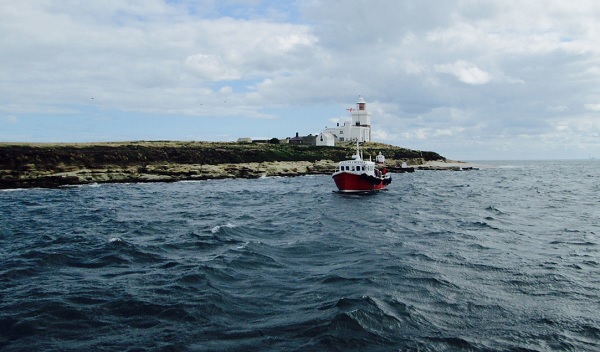
And finally….the teddy. I would highly recommend Dave’s trips anyway, but this sealed the deal.
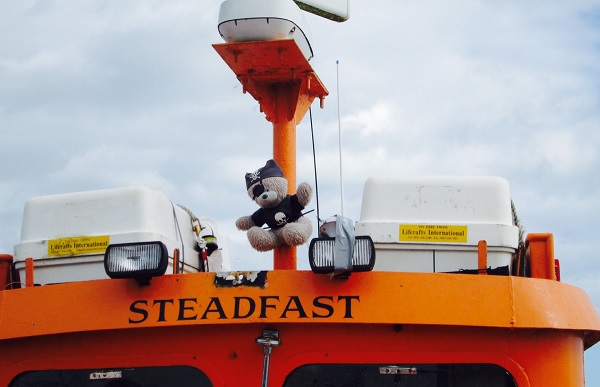
I’d certainly go again – earlier in the summer this time, to see more of the nesting birds. And it’s something that I’d recommend any visitor to the Northumberland coast makes time for.
When can you see puffins on Coquet Island?
Puffins come in the seas of Coquet Island towards the end of March and leave with their pufflings at the end of July. Puffins dig a nesting burrow in the soil, but when that is not feasible, the birds nest under stones or in cracks and crevices in cliffs. Puffins deposit a single egg, which is incubated for 36 to 45 days by both parents. The fledging time varies greatly based on location and year, ranging from 34 to 60 days.
How far is Coquet Island from shore?
Cocket Island is six miles from Tinmouth Castle and more than a mile off the coast, it is an excellent road for southerly breezes.
The south end of the island is all rocks and broken ground, where, at low water, there is 8 or 9 foot, and dangerous; but the north side is bold, only from the north-west part of the island lie off some rocks, about half a mile; small vessels may bring the island south, and anchor in three and four fathoms, but larger ships must bring the island south-east, and anchor in five fathoms at low water.
Have you been to Coquet Island? If so, I’d love to hear if you had better luck with the birds….(in a manner of speaking).

Hello, I’m Hannah! I’ve been slowly traveling around the world for four years. I hope my stories and tips will inspire you to do it too
